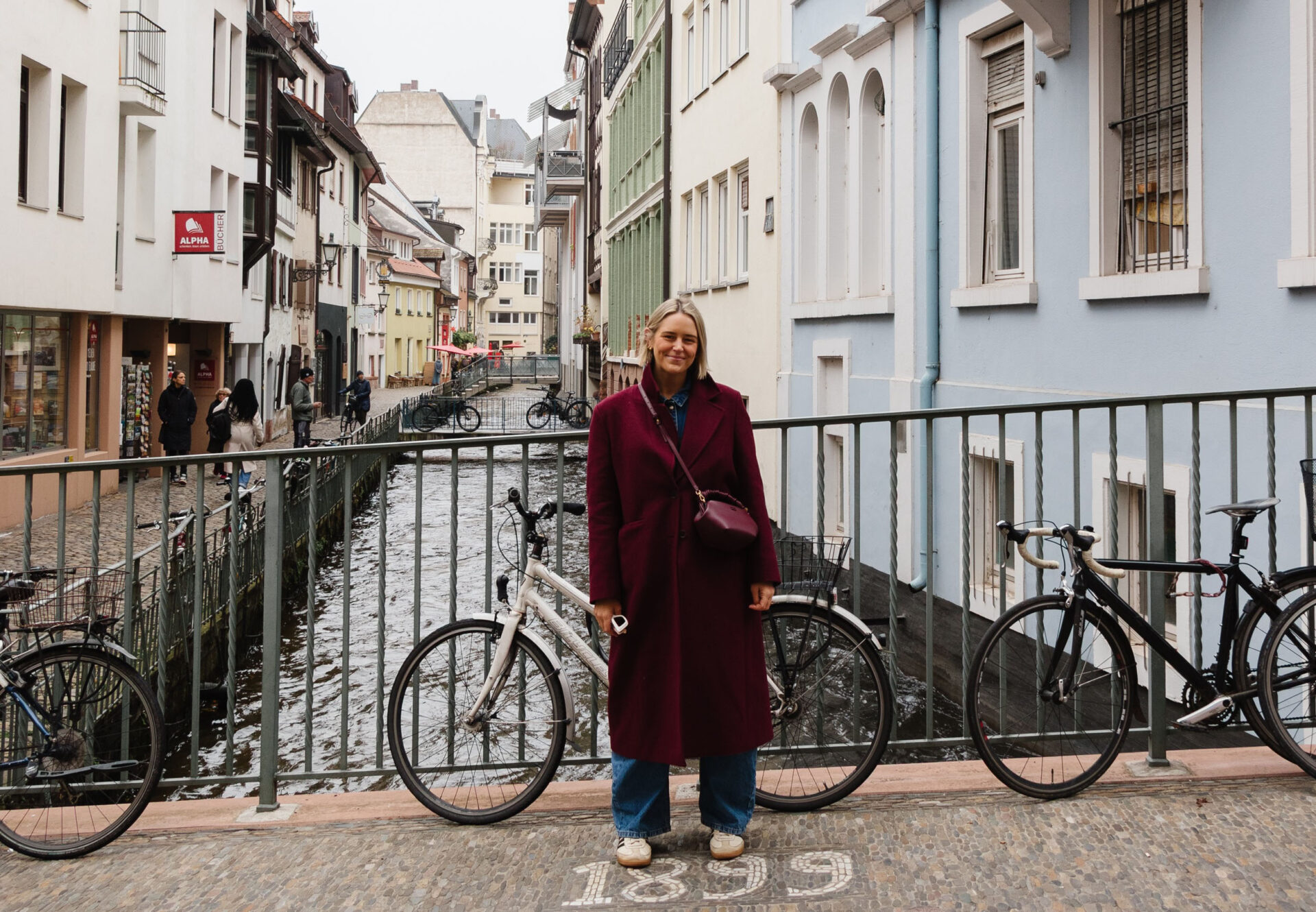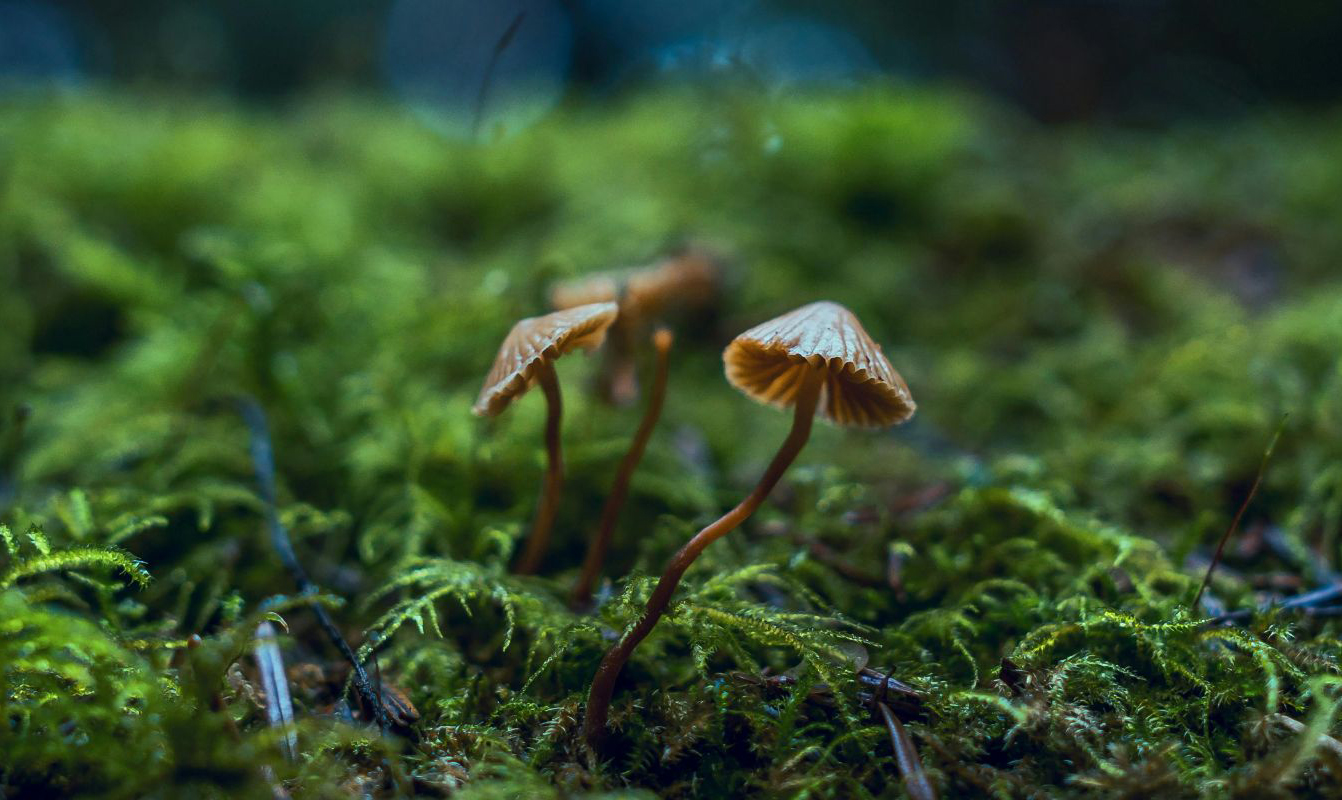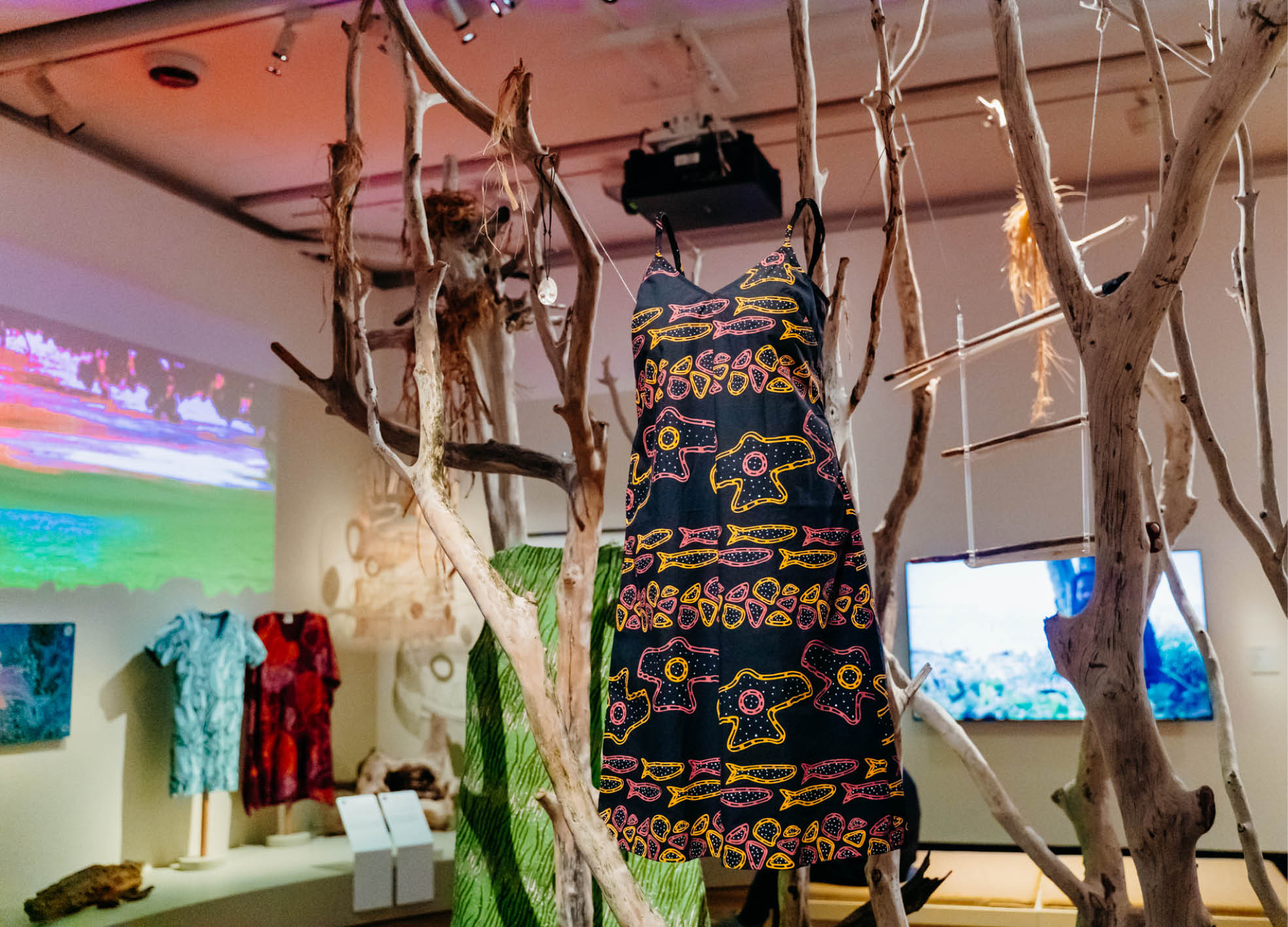So You Want to be a Citizen Scientist? Why Not Forge a New Relationship with Fungi

- Words by Peppermint
words KEITH SEIFERT photos UNSPLASH
Esteemed mycologist Dr Keith Seifert loves fungi. And fair enough. They’re essential to life on Earth – from releasing the carbon in plants to that delicious umami flavour we can’t get enough of. Revealing this world and all of its beautiful complexity in his latest book, The Hidden Kingdom of Fungi, here Keith posits how amateur naturalists can contribute to our knowledge of the world’s biodiversity and shares some of the things you can do to future-proof the biodiversity of your area.

Without realising it, some people already know quite a lot about fungi. Orchid growers, for example, quickly learn about mycorrhizae because without them they would have no orchids. Out of necessity, gardeners learn about plant diseases and how to avoid them. People who make bread get interested in sourdough starters. Homebrewers experiment with different strains of yeast. Anyone with access to a computer, a mobile phone and its camera, and an internet connection can take advantage of many of the scientific advances that have let us peer deeper into the microbial world.
Anyone with access to a computer, a mobile phone and its camera, and an internet connection can take advantage of many of the scientific advances that have let us peer deeper into the microbial world.
For a few hundred dollars you can purchase a pretty nice microscope with a built-in camera and start to document the microbes in your neighbourhood. You can even send specimens to commercial services and buy a DNA barcode. Contributing fresh observations and data to science is no longer restricted to people with PhDs in industry and academia – we can all take part.
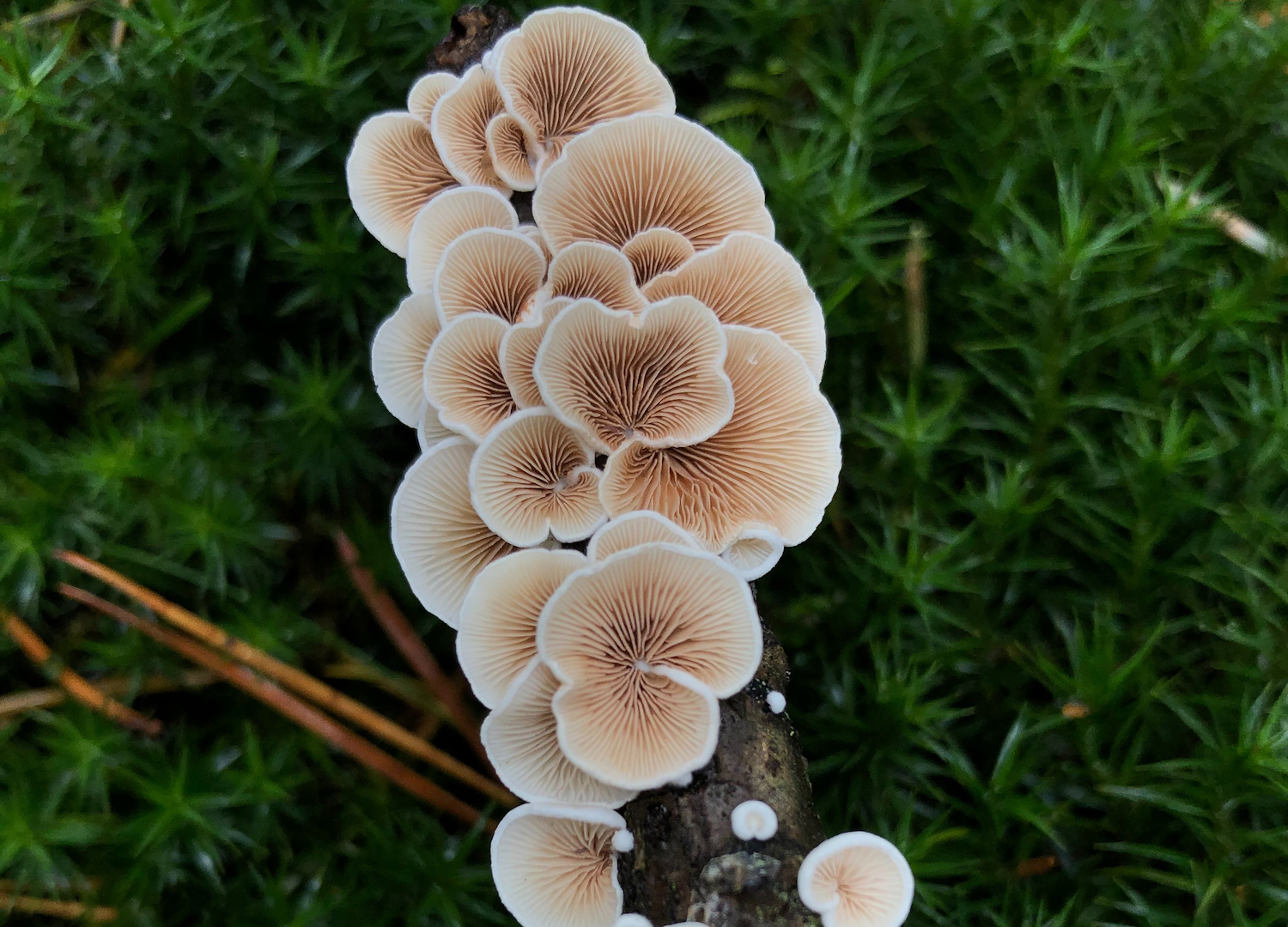
Increasingly, citizen scientists – regular, everyday people in cities and rural communities around the globe – are documenting the biodiversity of their own surroundings and sharing it on digital platforms like the iNaturalist website and mobile app. You can upload photographs (with the GPS coordinates, time and date embedded in the image files), and the artificial intelligence (AI) algorithms will suggest the identity of the organism in the picture. The iNat community of specialists, both amateur and expert, check the results. After two people have confirmed the identification, it is considered “research grade” and a dot is added to the international map of that species’ distribution. At the moment the system works best for larger animals and plants and some groups of insects. Interest is growing and identifications of larger fungi, like mushrooms, lichens, and polypores, are improving. Special projects, such as time-limited bioblitzes (like the Continental MycoBlitz) or ongoing surveys, unite local, national or international naturalists with common interests, building a solid sense of community. When I travel, I use the app as a portable field guide, and at home, I lurk in the background and try to help people identify their moulds.
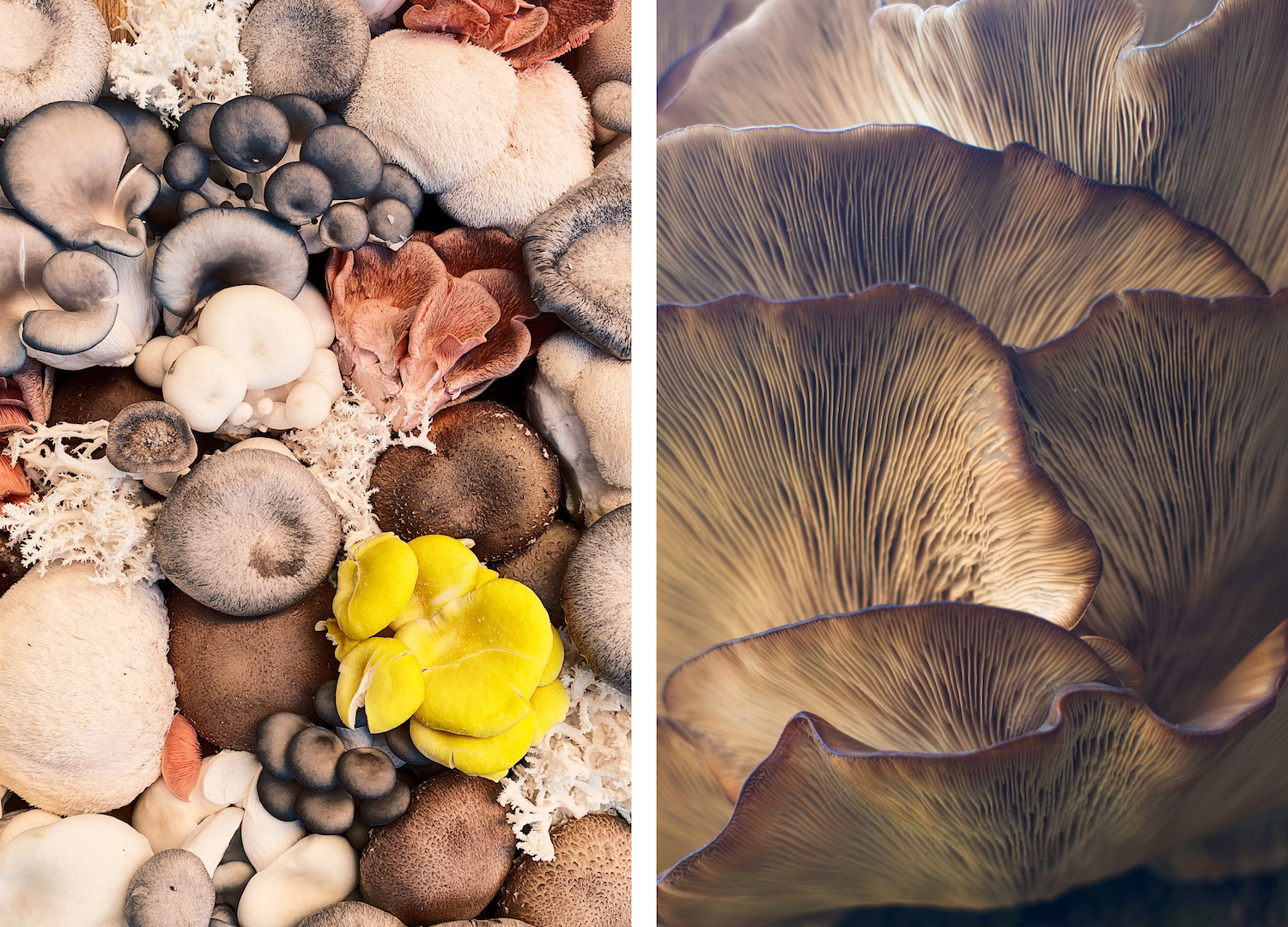
In recent years, information about historical specimens and cultures – previously only accessible to specialists through card catalogues and institutional databases – was put online at the behest of the Convention on Biological Diversity. The Global Biodiversity Information Facility (GBIF) database collates the catalogues of the world’s biological collections and complements the information collected by iNaturalist and similar citizen science initiatives. Combined, they show the distribution of species as verified by professional researchers and as observed by citizen scientists.
When I travel, I use the app as a portable field guide, and at home, I lurk in the background and try to help people identify their moulds.
If a species seems like it might occur in a particular area but we have no specimens or cultures, iNaturalist can mobilise local participants to try to fill the gap. This allows dedicated amateurs, who often become experts without formal academic training, to contribute specimens to public collections and work with taxonomists who can access state-of-the-art technology. New observations and specimens accumulate at an increasing rate, along with knowledge about where species live and what plants or animals they associate with. This enhances molecular detections made in DNA-based surveys. If potential impacts on biodiversity are well understood, they can be balanced against economic concerns when political decisions, such as imposing quarantines, are being made. And if you like, you can look to see when and where in your area you might hunt for a particular fungus – chanterelles, for example. It’s an exciting time. We are learning which species are truly rare and which just appeared that way because only a few specialists were looking for them. Eventually, we should be able to watch distribution maps of fungi shift in the same way we now watch weather patterns. A dispersed community of interested naturalists can monitor species of interest much more effectively than a small number of border officials and field scouts, something that is already happening with invasive plants. The energy of citizen scientists helps to carry knowledge about microfungi gained from the Petri dish back into nature to help find answers to that critical question: “What does it do?”
Apart from wandering in the wilds, there are other ways you can enjoy the benefits of the mycelial revolution. If you have a garden, growing native plants – which are ideally suited for conditions in your area – helps maintain the integrity of the ecosystem you call home. By cultivating these plants, you also preserve native microbial biodiversity. The mutualistic endophytes and mycorrhizae evolved along with these plants and should also be ideal for your local conditions.

To optimise growth and keep weeds at bay, look for biofertilisers and biocontrol agents at garden centres or online. You can also buy little tins and bags of AM inoculum for flowers and shrubs in your garden. And for your lawn, look for premium grass seed that includes endophytes that protect the plants from hungry insects without having to use insecticides. If you are able, contribute to the Trillion Tree Campaign. This project aims to reduce atmospheric carbon by locking it away in the cellulose and lignin of a trillion newly planted trees. One of the founders is a mycorrhizal researcher. The success of this initiative will depend on endophytes and ectomycorrhizae, of course. Eventually, the project will also benefit the wood decay fungi, but preferably after a few centuries pass and we have more leeway with our carbon budget.
Excerpt from The Hidden Kingdom of Fungi by Keith Seifert (UQP, 2022), out now at all good bookshops and online.
JOIN OUR MAILING LIST
Brighten up your inbox with our not-too-frequent emails featuring Peppermint-related news, events, competitions and more!
explore
More articles
Look, I don’t want to make anyone panic but IT’S DECEMBER!!! If you’re planning to give homemade gifts, you’re going to have to act fast. I’m a big believer that a DIY gift is the best gift of all, because…
Listen, we need to talk about December. Somewhere between the first appearance of gazillions of Mariah Carey memes prepping us for the imminent arrival of…
When you hang a painting on a wall, the story stays put. But when you wear a beautifully made garment that may as well be…
We all do it: fire up the car for a 5-minute drive to pick up groceries, drop off sewing supplies, or run a quick errand…
Hang out with us on Instagram
Sunday serving suggestion ☀️
Gorgeous photos from @JolieFemmeStore - who make sweet garments from vintage bedsheets.
#PeppermintMagazine #SlowSunday #SwitchOff #Unplug #ReadAMagazine

A toast to the old you 🥂
We wholeheartedly love this post from the brilliant @EmilyOnLife:
“2026: Reinvent, burn it down, let it go (whatever it is). Year of the Snake it up. Exercise your boundaries, exercise your body, take one teeny step every day towards a life that feels better to be in.
But don’t you dare shit on your old self while you do it.
Hold yourself with reverence and tenderness and respect, because you got you this far. You did your very best with the information and tools you had at the time. You scraped yourself together, you made it work, you survived what felt impossible to survive: again and again and again.
You are perpetually in the process of becoming, whether you can feel it or not, whether or not you add it to your 2026 to-do list.“

Some very wise words from @Damon.Gameau to take us into 2026 🙌🏼

⭐️ We made it!!! ⭐️
Happy New Year, friends. To those who smashed their goals and achieved their dreams, and to those who are crawling over the finish line hoping to never speak of this year again (and everyone else in between): we made it. However you got here is enough. Be proud.
It’s been a tough year for many of us in small business, so here’s to a better year in 2026. We’re forever grateful for all your support and are jumping for joy to still be here bringing you creativity, kindness and community.
We’re also excited to be leaping into the NY with our special release sewing pattern – the Waratah Wrap Dress!
How great are our fabulous models: @Melt.Stitches, @KatieMakesADress and @Tricky.Pockets - and also our incredible Sewing Manager @Laura_The_Maker! 🙌🏼
Ok 2026: let’s do this. 💪🏼
#PeppermintWaratahWrapDress #PeppermintPatterns #SewingPattern #MeMade #WrapDress #WrapDressPattern

Putting together our annual Stitch Up brings on all the feels! We feel humbled that you’ve chosen to sew Peppermint patterns, we feel inspired by the versions you’ve created and we feel proud of you.
Where to begin?! As always, there has been a plethora of Peppermint patterns flooding our feeds this year, and we wish we could showcase more than just a handful of magnificent makes from you, our clever community. We encourage you to flip through the me-made items in your wardrobe or scroll through your grid and remind yourself of the beauty you’ve created with your own two hands (and maybe a seam ripper and some choice words). Congratulations to all of us for our creative achievements this year!
We’ve put together some (but absolutely not all) of our favourites from 2025 over on our website. We hope it inspires your next make!
🪡 Link in bio 🪡
Pictured: @FrocksAndFrouFrou @MazzlesMakes @KatieMakesADress @_Marueli_ @IUsedToBeACurtain @Nanalevine.Couture @PiperInFullColour @MadeByMeJessieB @SarahMalkawi @Made.By.Little.Mama
#PeppermintPatterns #SewingPatterns #MeMade #MeMadeEveryday

“The ocean is a great equaliser. It doesn’t matter your age, size, background or circumstances – when you’re in the water, you’re stripped back to your essence. I’ve watched women who were terrified of the ocean walk in tentatively, then emerge with tears of joy and new-found confidence.”
For Perth photographer Amanda Battle, the deep blue has brought sisterhood and second chances. Growing up in Shoalwater Marine Park, the ocean was both her playground and sanctuary, and a balm for body and soul during challenging times. Born from her own healing journey, Amanda’s @WomenOfWaterProject, book and documentary showcases a community of women who found belonging and connection in shared experiences in the ocean.
“Every single woman arrived with her own story – grief, trauma, joy, resilience – and every single woman showed up exactly as they were in that moment. Photographing over 100 women in the ocean for the Women of Water book has been the most humbling privilege of my life.”
Discover Amanda’s work and story in ‘Saltwater salve’ in issue 64, at newsagents and stockists now!
#PeppermintMagazine #WomenOfWater #OceanTherapy #DeepBlue #OceanPhotography












